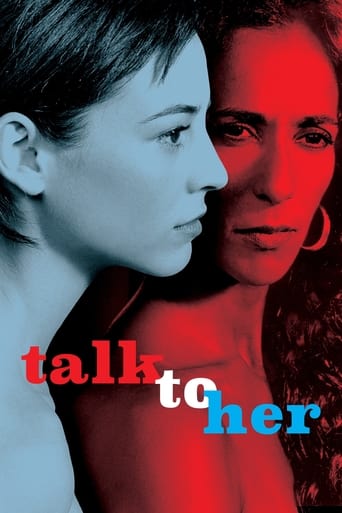
15 Mar 2002

Talk to Her
Two men share an odd friendship while they care for two women who are both in deep comas.
La Cosa Nuestra is a journey to the most hidden and surreal face of the bovid-bullfighting universe. Fun and tremendous, operating in iconographic cannibalism. It is a work that shows another reading of the national holiday, demystifying it. Confronts the Spanish bullfighting culture with the visions and uses of the bull in other civilizations. This video creation immerses itself in the aesthetic, ritual and cultural universe of the world of bullfighting, rebuilding it critically, but at the same time with healthy irony.
Voice

15 Mar 2002

Two men share an odd friendship while they care for two women who are both in deep comas.

12 Jan 1926

Currito, raised in a Seville hospice, ekes out a living while trying to become a bullfighter.
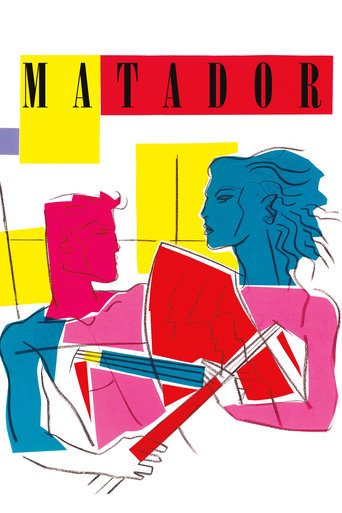
07 Mar 1986

A conflicted youth confesses to crimes he didn't commit while a man and woman aroused by death become obsessed with each other.
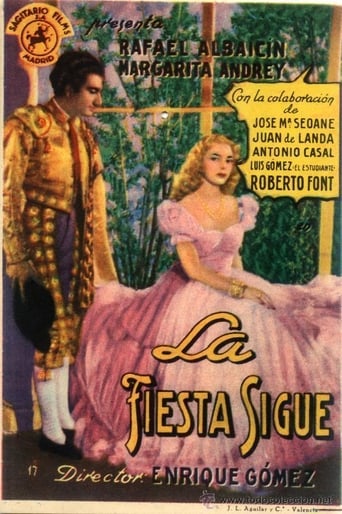
21 Dec 1948

No overview found
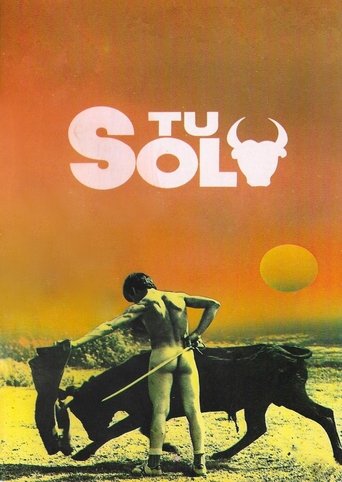
01 Sep 1984

In their spare time, after their studies or their work, children and adolescents between the ages of eight and sixteen meet at the School of Bullfighting in Madrid to learn the Art of Cúchares: Torear. In their stomachs there is no hunger as in the past, their dreams do not lie in having a farmhouse and being famous. Their only dreams are to be in front of a bull, animal with which death goes, fact of which they are fully aware, as their teachers continually remind them. These, retired bullfighters, some by age, others by force and all with their bodies full of scars produced by the horns of a bull. The nude bullfighting scene is fascinating without being exploitive, and it serves as an analogy for the vulnerability these young bullfighters have when in the ring with the bulls.
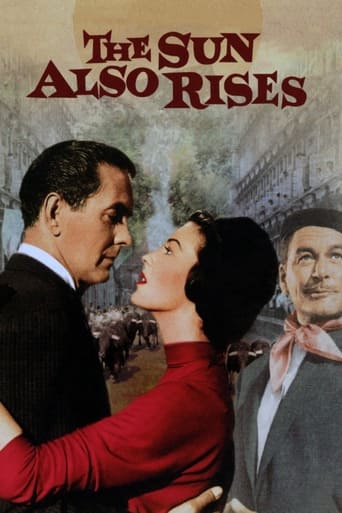
23 Aug 1957

A group of disillusioned American expatriate writers live a dissolute, hedonistic lifestyle in 1920's France and Spain.
01 Jun 1966
Orson Welles pitches to potential investors his vision of a largely improvised bullfighter movie about an existential, James Dean type troubadour who sets himself apart from other matadors. In front of an audience of wealthy arts patrons, Welles pontificates on the state of cinema, the filmmaking process, and the art of bullfighting.
01 Jan 1962
This short film "Torerillos 61" is one of the first works of the master Patino, which tries to portray the Spanish society of the time outside the state convention and dodging the hand of censorship. Social commitment is the brand director throughout his long career, starting with short films such as this one, made in the early sixties, in the wake of the statements in Talks Salamanca. The sadness off the characters portrayed is bleak, "Maletillas" (aspiring bullfighters) in search of luck to pull them out of poverty.
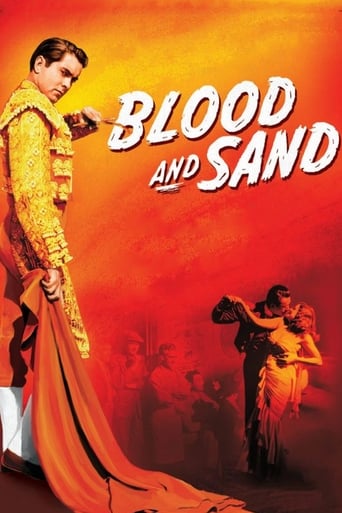
30 May 1941

Bullfighter Juan Gallardo falls for socialite Dona Sol, turning from the faithful Carmen who nevertheless stands by her man as he continues to face real danger in the bullring.

01 Feb 2019

After his retirement, french philosopher and bullfighting enthusiast Francis Wolff decides to embark on a journey to France, Spain and Mexico joined by two mexican filmmakers who hardly know anything about bullfighting, a culture whose days seem to be numbered. During their road trip, they encounter numerous personalities with whom they reflect on mankind’s relationship with animals and nature, but most importantly on our relationship with death and the meaning of the ultimate journey: life itself.
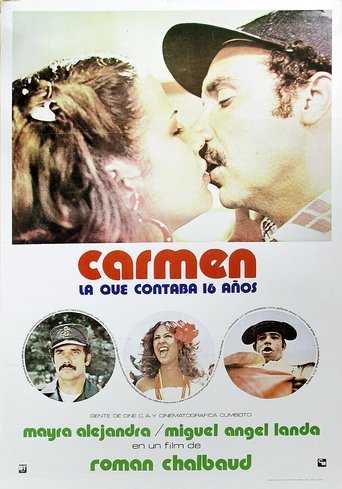
11 Oct 1978

Carmen is a beautiful woman working in a business that is dedicated to smuggling. One day, Carmen fights and hurts to a smuggler woman, so a sergeant in the National Guard, José Navarro, stops detain her. In doing so he also falls in love with her, but jealousy will destroy his passion.

20 Jun 1984

Against a background of war breaking out in Europe and the Mexican fiesta Day of Death, we are taken through one day in the life of Geoffrey Firmin, a British consul living in alcoholic disrepair and obscurity in a small southern Mexican town in 1939. The consul's self-destructive behaviour, perhaps a metaphor for a menaced civilization, is a source of perplexity and sadness to his nomadic, idealistic half-brother, Hugh, and his ex-wife, Yvonne, who has returned with hopes of healing Geoffrey and their broken marriage.

22 Sep 1989

Remake of the tale of an acclaimed matador who finds himself involved with a beautiful woman, jeopardizing both his marriage and career.
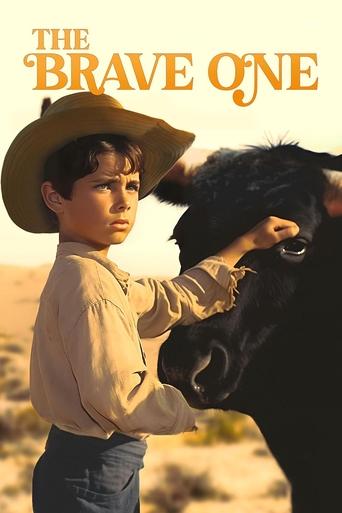
26 Oct 1956

A young Mexican boy tirelessly tries to save his pet bull from death at the hands of a celebrated matador.
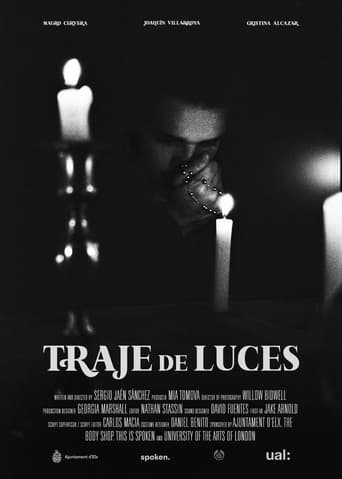
14 Mar 2024

The story is set during the early 1980s in a small town in rural Spain. El Chiqui is a talented young man about to debut in the local bullring, expected to continue the legacy of his family name. But that is not what he truly wants. His secret relationship with a young man from the town, Nicolás, offers an escape from the village, leaving the family pressures behind.

19 May 1969

Like every night, Manuel remembers the old days of glory, when after the war he was a famous bullfighter. He and his friend Juan were the fashionable couple. Now Juan is a prominent businessman in bullfighting. But Manuel's feelings toward him have changed radically: an inexplicable hated seizes him when someone mentions his name. It has been more than twenty years since that afternoon, when Manuel was bullfighting and fell to the ground.
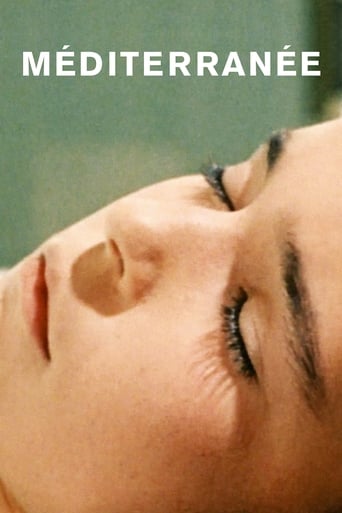
23 Apr 1963

[Here] Pollet made a work that is the very definition of what French critics like to call an ovni or ufo (as in ‘unidentified filmic object’). [It] has been described as being ‘like a comet in the sky of French cinema,’ an ‘unknown masterpiece,’ and an ‘unprecedented’ work that refuses interpretation even as it has provoked reams of critical writing. Its rhythmic collage of images – a girl on a gurney, a fisherman, Greek ruins, a Sicilian garden, a Spanish corrida – is accompanied by an abstract commentary written by Sollers, and only the somber lyricism of Antoine Duhamel’s score holds the film’s elements together. At first viewing, you fear that [it] might fly apart into incoherent fragments. Instead, over the course of its 45 minutes it invents its own rules, and you realize you’re watching something like the filmic channeling of an ancient ritual. – Chris Darke, FILM COMMENT

01 Jan 1995

This grisly documentary presents horrifying journalistic footage of suicides, assassinations, bombings, mob hits, decapitations, and more in bloody detail. Not for the faint of heart.
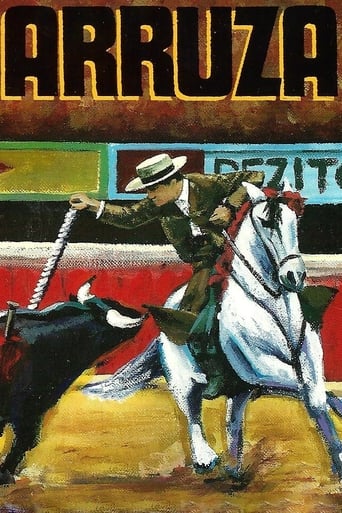
23 Aug 1972

Eight years in the making, Boetticher’s portrait of his longtime friend, the famous bullfighter Carlos Arruza, was a labor of love that the renowned director of westerns pursued despite contending with illnesses, bankruptcy, jail time, and lucrative offers from Hollywood. The result is an astonishing work of poetry, immediacy, and violence that fearlessly wrestles with the filmmaker’s own ambivalence about the titular matador’s triumphs prior to his death by automobile accident at the age of 46.
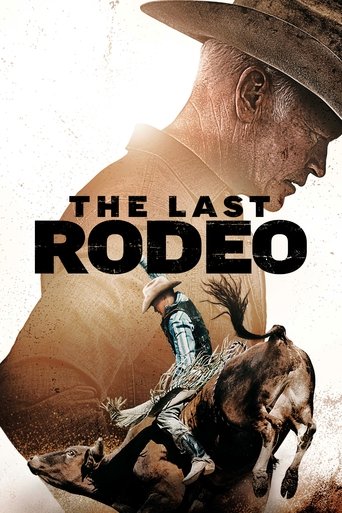
22 May 2025

A retired rodeo legend risks it all to save his grandson. Facing his own painful past and the fears of his family, he enters a high-stakes bullriding competition as the oldest contestant ever. Along the way, he reconciles old wounds with his estranged daughter and proves that true courage is found in the fight for family.